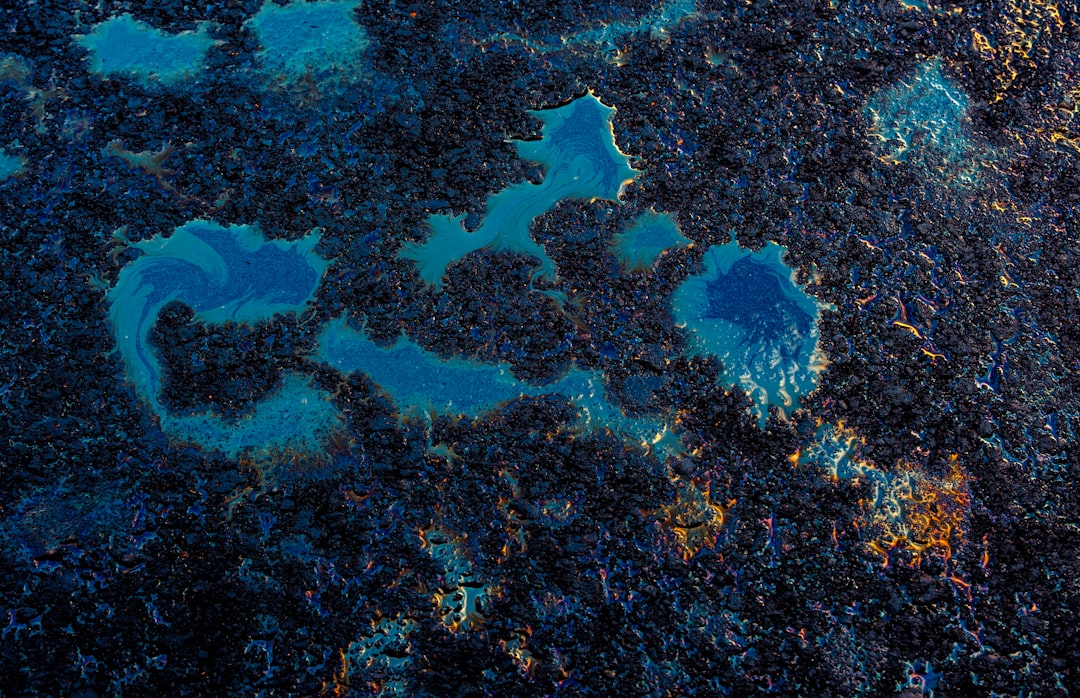What is it about?
Epoxidized natural rubber (ENR) has a high molecular weight, which has limited its solubility and processibility. For many potential applications, such as adhesives and coatings, ENR needs to be degraded into shorter chain lengths to form liquid ENR (LENR).
Featured Image
Why is it important?
We applied three different methods of preparing LENR: mechanical milling, chemical degradation initiated by potassium peroxodisulfate, and photooxidation initiated by ultraviolet (UV) irradiation. All the methods break down the ENR via free radicals but at different rates and by different mechanisms.
Perspectives
In the LENR produced by these methods, ketone, aldehyde, carboxylic acid, and ester and lactone groups were observed; however, a hydrofuranic structure was only formed with UV degradation. The oxirane group was not affected significantly during the degradation, indicating that the chain sessions occurred predominantly via the –C=C– bonds.
Seng Neon Gan
University of Malaya
Read the Original
This page is a summary of: COMPARISON OF THREE DIFFERENT DEGRADATION METHODS TO PRODUCE LIQUID EPOXIDIZED NATURAL RUBBER, Rubber Chemistry and Technology, March 2016, Rubber Division, ACS,
DOI: 10.5254/rct.15.84878.
You can read the full text:
Contributors
The following have contributed to this page










